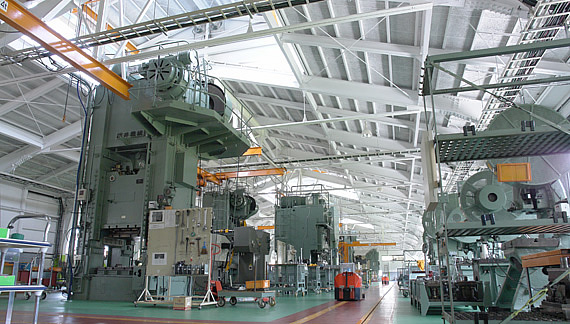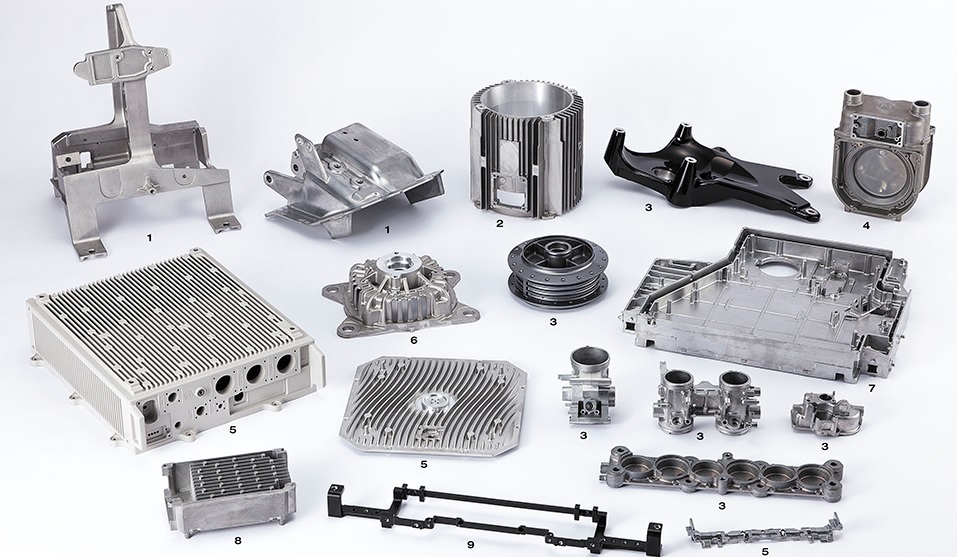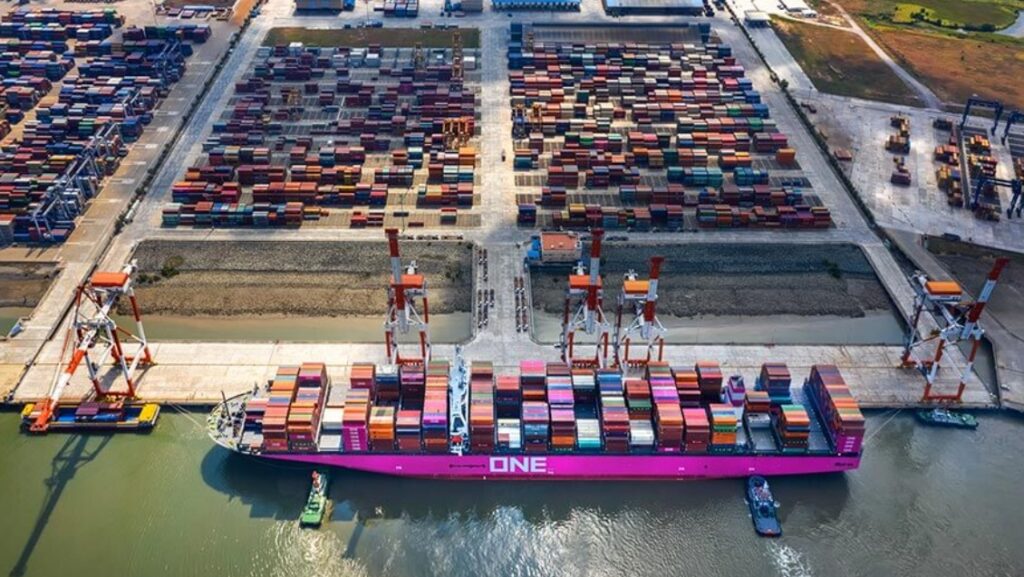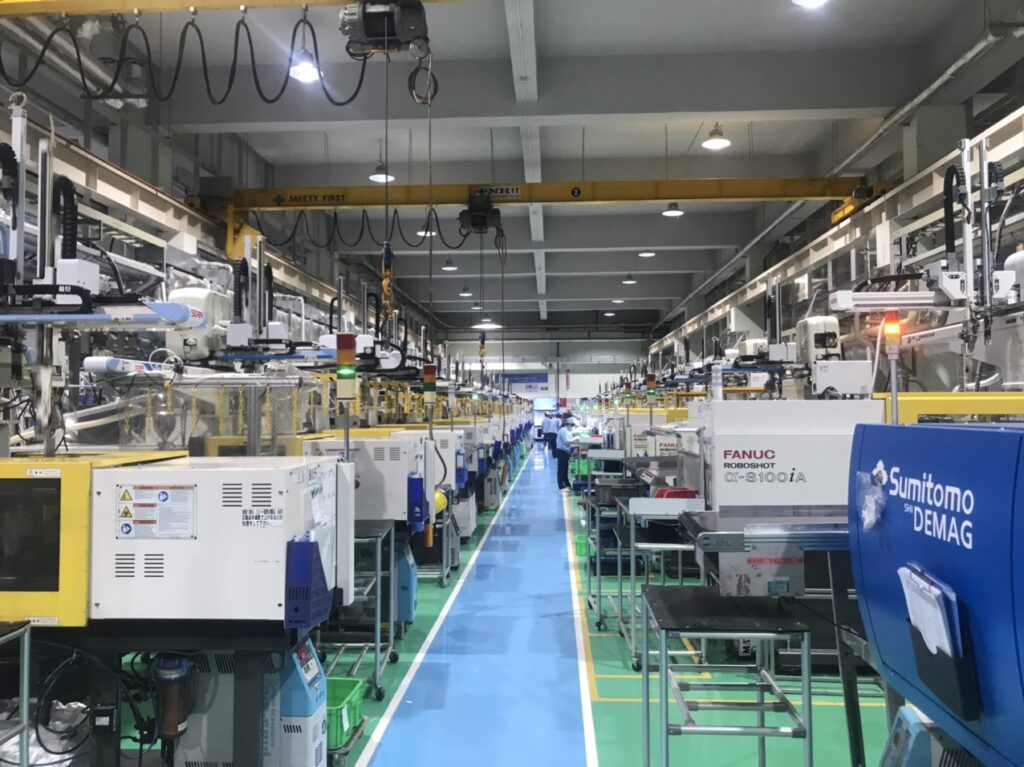COVID-19 disrupts global supply chain
Vietnam Global Supply Chain. It has been nearly half a year since the outbreak of COVID-19 pandemic, which significantly impacted the global supply chain and continues to affect businesses with worldwide operations. Due to global interconnectedness, all economies are tremendously affected, except maybe North Korea.
The COVID-19 pandemic first started in China — the world’s biggest manufacturing hub, which caused many manufacturing facilities in China to be closed for a period of time. According to Ms. Caroline Bain, Chief Commodities Economist at Capital Economics, this has led to the disruption in global supply chain as well as goods trading around the world.
Businesses operating worldwide are struggling to source raw inputs, even some major manufacturers such as Hasbro, Michael Kors, Versace, Jimmy Choo,… are stuck in the same situation. Hyundai has just announced the suspension of some car production lines because of a lack of inputs. Fiat Chrysler is planning to cease production on its assembly line in Serbia due to a shortage of parts from China.
Mr. Alan Murphy, chief executive officer of container shipping analysis company Sea Intelligence, said about 600,000 containers were congested because of the COVID-19 epidemic in just under a week. On average, each shipping container costs about US $ 1,000, which means that shipping companies have lost about US $ 600 million. Cargo ships may remain in a slow-moving state in the hope that the epidemic will soon improve, or fall into “idle” state if the epidemic continues, Murphy said.
Opportunity for Vietnam

Relying on China as the only supplier has proved to be an expensive lesson for large corporations as they cannot afford another disruption like that, said Dr. Pavida Pananond, professor in the Department of International Business, Logistics and Transport at Thammasat University (Bangkok).
Factory relocation was mentioned when the US-China trade war took place and is now fueled up by the COVID-19 pandemic. The Straits Times stated that foreign companies are looking at Southeast Asia as an alternative location for China in the supply chain, Vietnam included. How countries respond to and manage the Covid-19 pandemic is a new factor in risk assessments, and the fact that Vietnam government has taken specific actions to prevent the epidemic from the early is a big plus when multinational companies take into consideration.
According to Mr. Samuel Pursh, Associate Director at Vriens & Partners, Vietnam has emerged to be an attractive industrial zone and supporting industries for foreign enterprises, thanks to the young population, larger workforce than other Southeast Asian countries, and relatively good infrastructure.
Another advantage of Vietnam is its proximity to China. This makes the China+1 strategy going smoothly. Instead of giving up the billion-dollar market, investors are looking for production facilities supplements with abundant human resources and low-cost input sources, such as Vietnam.
Are you still asking yourself why you should invest in Vietnam ?

Here are a few reasons:
1. Tap into the country’s economic growth story
2. Burgeoning middle class among the fastest growing in the region
3. Diversified growth
4. Labour force strengths
5. Political stability & business-friendly policies
6. Regional dynamics
7. Favourable living conditions
8. No Trumph tariffs
9. Close to China, very easy to move existing facilities there to VN and raw materials imported as well
VN can not replace China for Us export manufacturing but VN will be a good option for China+1 strategy.
Here, we examine the five main reasons why Vietnam is emerging as the preferred destination for US exporters.

1. Free Trade Agreements
Over the past few years, Vietnam has been active in signing bilateral trade agreements with countries throughout the world.
Its membership in the Association of Southeast Asian Nations (ASEAN) also makes it a party to several FTAs that the regional bloc has signed.
In addition, the upcoming Comprehensive and Progressive Agreement for Trans-Pacific Partnership (CPTPP) and the Vietnam – EU (EVFTA) will propel Vietnam into becoming a competitive business environment.
The standard of product quality, manufacturing, and employee rights guaranteed in these agreements will allow Vietnam to become a manufacturing hub and expand as an exporting base.
2. Vietnam’s proximity to China
Vietnam’s close proximity to China is further helping it to become a manufacturing base, while being viewed as a China plus one destination.
Cities such as Hai Phong in Vietnam are just 865 km away from China’s manufacturing hub of Shenzhen.
By situating manufacturing centers close to traditional hubs in China, manufacturers are able to reduce costs with limited interruption or delays to existing supply chains.
In addition, many factories in Vietnam are foreign-owned with investments from China, Taiwan, and South Korea. This makes transitioning out of China into Vietnam smoother, making it easier to transfer existing checklists, specifications, or other product information.
3. Transport networks
Vietnam’s location close to regional shipping routes and position in Asia allows manufacturers entering Vietnam to focus on exports.
It has an approximately 3,200 km long coastline with around 114 seaports. The three largest seaports in Vietnam are in Hai Phong (north), Da Nang (central), and Saigon (south).
In addition, Vietnam global supply chain has an extensive railway network. The Kunming (China) – Hai Phong (Vietnam) is 855 km long and remains important for cargo transportation.
While Vietnam’s infrastructure is still unmatched to China’s, the government has prioritized infrastructure development to facilitate economic growth.
4. Low labor costs
Vietnam’s monthly minimum wages in 2019 vary by region – from US$125 to US$180 – with the highest being in cities like Hanoi and Ho Chi Minh City.
These wages are around half of what China’s are in various provinces, which range from US$143 to US$348.
China is known to dominate the manufacturing industry. But with wages rising, many businesses have already moved operations to maintain margins in low cost manufacturing.
In addition, China’s ageing population has produced labor shortages in the manufacturing industry. While Vietnam still needs to develop a skilled labor force, it has a young, dynamic workforce that is ready to fill the gap.
5. Governance
Vietnam has a relatively stable government that provides strategic direction and decides on all major policy issues.
The government has worked to improve business policies and labor laws. Including Vietnam’s ranking in the World Bank’s Doing Business report.
It continues to prioritize infrastructure investment. And does not shy away from looking at countries outside ASEAN to fuel its growth.
The government has also invested in industrial zones, and this investment is expected to increase as foreign investment pours in.
Moving your manufacturing business to Vietnam
Vietnam’s greatest challenge is how to manage its growth responsibly.
Thankfully for Vietnam, the trade war has created enough push factors to encourage manufacturing businesses to relocate. This has already caused a shift in vietnam global supply chain networks with countries such as Vietnam reaping benefits.
Before sizing up Vietnam as a potential destination for relocation. Foreign investors must do their due diligence and consider several factors. Such as identifying a location, raw materials, sourcing partners, and supply chain logistics.
It is further advisable to use a professional service with knowledge in the region to assist firms to plan out their manufacturing strategy.

